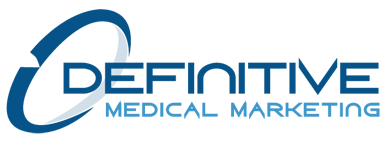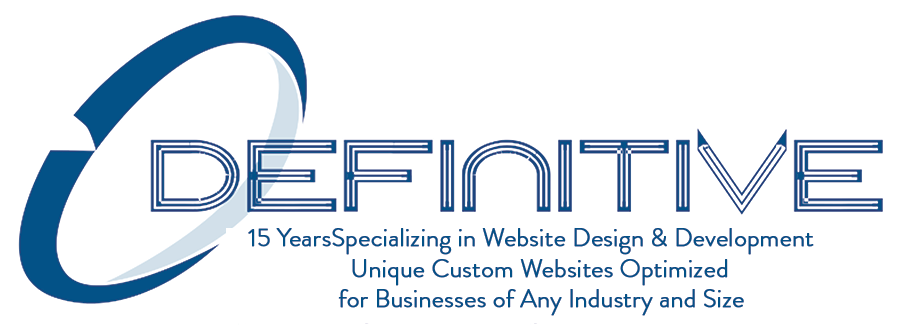 At Charleston Cornea and Refractive Surgery, we strive to provide comprehensive, primary eye care for the whole family. Preventative and routine eye exams are important to maintaining good eye health. Often, eye and vision problems do not have obvious symptoms or signs, but are easily diagnosed by Dr. David O’Day and his team of experts. By diagnosing eye and vision conditions early on, Dr. O’Day is able to provide treatment options and in many cases restore or prevent vision loss. The American Optometric Association (AOA) recommends yearly or bi-yearly eye and vision exams, depending on whether you are at-risk or not.
At Charleston Cornea and Refractive Surgery, we strive to provide comprehensive, primary eye care for the whole family. Preventative and routine eye exams are important to maintaining good eye health. Often, eye and vision problems do not have obvious symptoms or signs, but are easily diagnosed by Dr. David O’Day and his team of experts. By diagnosing eye and vision conditions early on, Dr. O’Day is able to provide treatment options and in many cases restore or prevent vision loss. The American Optometric Association (AOA) recommends yearly or bi-yearly eye and vision exams, depending on whether you are at-risk or not.
Types of Eye Tests
Regular vision testing and evaluations ensure that you always have the clearest vision possible. The results of these tests are portrayed as a fraction, with 20/20 being the standard for normal distance and reading vision. Depending on the results of your vision test, you may be prescribed Eyeglasses, Contacts, or eye exercises.
- Visual Acuity Test: Measures the sharpness of your vision using a projected eye chart for distance, and a small hand-held chart for near vision.
- Color Blindness Test: A screening test that checks your color vision often is performed early in a comprehensive eye exam to rule out color blindness. In addition to detecting hereditary color vision deficiencies, color blind tests also can alert Dr. O’Day to possible eye health problems that may affect your color vision.
- Cover Test: While there are many ways that Dr. O’Day can check how your eyes work together, the cover test is the simplest and most common. During this test, you will focus on a small object across the room and cover each eye alternately while you stare at a target. The test is then repeated with you looking at a near object. Dr. O’Day will assess whether the uncovered eye must move to pick up the fixation target, which could indicate Strabismus or a more subtle binocular vision problem that could cause eye strain or Amblyopia (lazy eye).
- Ocular Motility (Eye Movement) Testing: Ocular Motility testing is performed to determine how well your eyes can follow a moving object and/or quickly move between and accurately fixate on two separate targets. Pursuits testing allows you to follow the slow movement of a hand-held light or other target with just your eyes. Saccades testing requires you to quickly move your eyes back and forth between two distant targets.
- Stereopsis (Depth Perception) Test: Stereopsis is the term used to describe eye teaming that enables normal depth perception and appreciation of the 3-dimensional nature of objects. In one commonly used Stereopsis test, you wear a pair of “3D” glasses and look at a booklet of test patterns. Each pattern has four small circles, and your task is to point out which circle in each pattern looks closer to you than the other three circles. If you can correctly identify the “closer” circle in each pattern, you likely have excellent eye teaming skills that should enable you to experience normal depth perception.
- Retinoscopy: Dr. O’Day may perform this test early in the eye examination to obtain an approximation of your eyeglass prescription. In Retinoscopy, the room lights will be dimmed and you will be asked to focus on a large target (usually the big “E” on the eye chart). As you stare at the “E,” a light will shine in your eye and flip lenses in a machine in front of your eyes. This test estimates which lens powers will best correct your distance vision.
- Refraction: This is the test that Dr. O’Day uses to determine your exact eyeglass prescription. During a Refraction, he puts the instrument called a phoropter in front of your eyes and shows you a series of lens choices. He will then ask you which of the two lenses in each choice looks clearer. Based on your answers, Dr. O’Day will continue to fine-tune the lens power until reaching a final eyeglass prescription. The refraction determines your level of nearsightedness (Myopia), farsightedness (Hyperopia), Astigmatism and Presbyopia.
- Autorefractors and Aberrometers: Dr. O’Day may also use an Autorefractor or Aberrometer to automatically estimate your Eyeglass prescription. With both devices, a chin rest stabilizes your head while you look into the instrument at a pinpoint of light or a detailed image. An Autorefractor, like a manual refraction, determines the lens power required to accurately focus light on your retina. An Aberrometer uses advanced wavefront technology to detect even obscure vision errors based on the way light travels through your eye. Aberrometers primarily are used for LASIK vision correction procedures, but are now being incorporated into routine eye exams as well.
- Slit Lamp Exam: A slit lamp is a binocular microscope (or “Biomicroscope”) that Dr. O’Day uses to examine the structures of the eye under high magnification. During the slit lamp exam, you will be asked to place your forehead and chin securely against the rests on the front of the instrument. Dr. O’Day will begin by examining the structures of the front of your eyes — including your eyelids, cornea, conjunctiva, iris, and lens. With the help of a hand-held lens, your doctor may also use the slit lamp to examine structures located farther back in the eye, such as the retina and optic nerve. A wide range of eye conditions and diseases can be detected with the Slit Lamp Exam, including Cataracts, Macular Degeneration, Corneal Ulcers and Diabetic Retinopathy.
- The Glaucoma Test: Testing for Glaucoma typically begins with measuring the pressure inside the eyes. A common Glaucoma test is the “puff-of-air” test, technically known as Non-Contact Tonometry, or NCT. While you look at a light inside the machine, a small burst of air will be aimed at your open eye. It is completely painless, and the Tonometer does not touch your eye. Based on your eye’s resistance to the puff of air, the machine calculates your Tntraocular pressure (IOP). Another type of Glaucoma test is called an Applanation Tonometer. For this test, eye drops numb your eyes as you stare straight ahead into a Slit Lamp while Dr. O’Day gently touches the surface of your eye with the Tonometer to measure your IOP.
- Pupil Dilation: To obtain a better view of the eye’s internal structures, Dr. O’Day instills dilating drops to enlarge your pupils. Dilating drops usually take about 20 to 30 minutes to start working.
 When your pupils are dilated, you will be sensitive to light (because more light is getting into your eye) and you may notice difficulty focusing on objects up close. These effects can last for up to several hours, depending on the strength of the drop used. Once the drops have taken effect, Dr. O’Day will use various instruments to look inside your eyes. You should bring sunglasses with you to your eye exam, to minimize glare and light sensitivity on the way home. If you forget to bring sunglasses, the staff usually will give you a disposable pair. Pupil Dilation is very important for people with risk factors for eye disease, because it allows for the most thorough evaluation of the health of the inside of your eyes.
When your pupils are dilated, you will be sensitive to light (because more light is getting into your eye) and you may notice difficulty focusing on objects up close. These effects can last for up to several hours, depending on the strength of the drop used. Once the drops have taken effect, Dr. O’Day will use various instruments to look inside your eyes. You should bring sunglasses with you to your eye exam, to minimize glare and light sensitivity on the way home. If you forget to bring sunglasses, the staff usually will give you a disposable pair. Pupil Dilation is very important for people with risk factors for eye disease, because it allows for the most thorough evaluation of the health of the inside of your eyes. - Visual Field Test: In some cases, Dr. O’Day may want to check for the possible presence of blind spots (Scotomas) in your peripheral or “side” vision by performing a Visual Field Test. These types of blind spots can originate from eye diseases such as Glaucoma. Analysis of blind spots also may help identify specific areas of brain damage caused by a stroke or tumor.
No matter what your vision-related issues are, it is crucial to have a skilled, caring, and trusted health care provider. If you live in Mount Pleasant, North Charleston, and Myrtle Beach SC or surrounding areas, consider visiting Charleston Cornea & Refractive Surgery for an annual eye exam or help with a variety of vision-related issues. Call us at (843) 856-5275 for more information.

